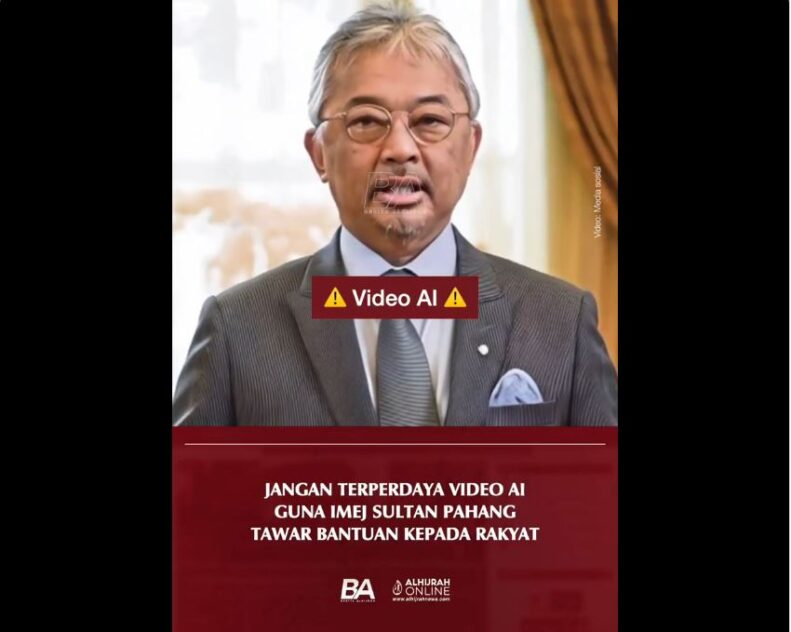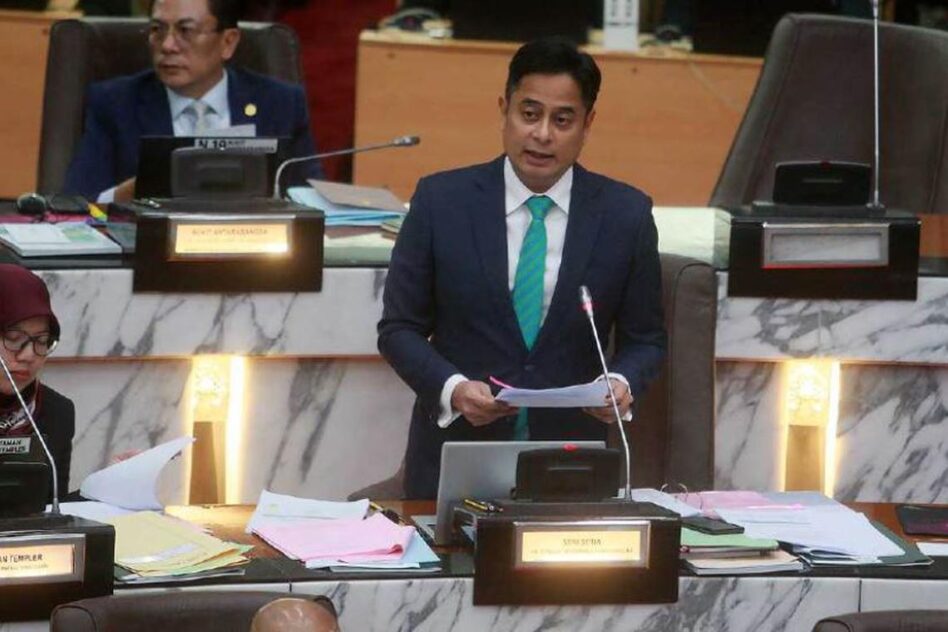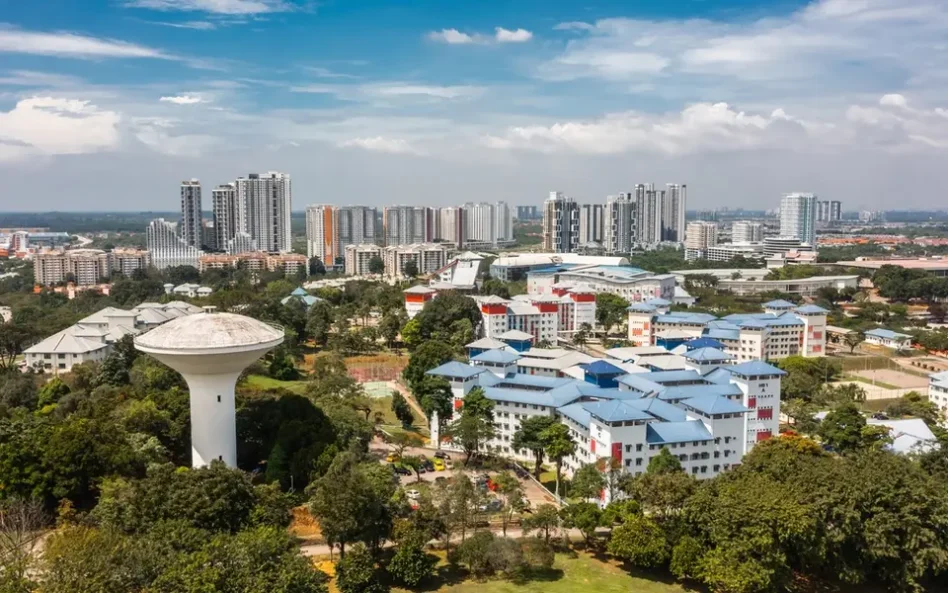LIVE in Petaling Jaya (PJ) but no idea what PJS, PJU, USJ or SS stand for?
Well, fret no more as a knowledgeable X user has ‘broken the code’ to enlighten especially PJ and Subang Jaya folks.
The post by author and social media influencer Azizul Farhan (@AzizulFarhan2), who grew up in PJ himself, is a good opportunity to educate the ignorant masses.
“Apa Sebenarnya Maksud PJS, PJU, SS dan USJ?”
Saya membesar di tempat dalam gambar ni. Tapi bila saya tanya orang sekeliling kenapa dinamakan PJS, ramai yang terus jem kepala. Itu baru PJS, belum yang lain lagi.
Hari ni saya dedahkan apa sebenarnya maksud tempat ni. pic.twitter.com/J77l41sdix
— Azizul Farhan (@AzizulFarhan2) November 22, 2024
He began by revealing that before PJ acquired the city status (on June 20, 2006) it was part of Kuala Lumpur. Due to expanding population which led to traffic congestion, PJ was established as a satellite town.
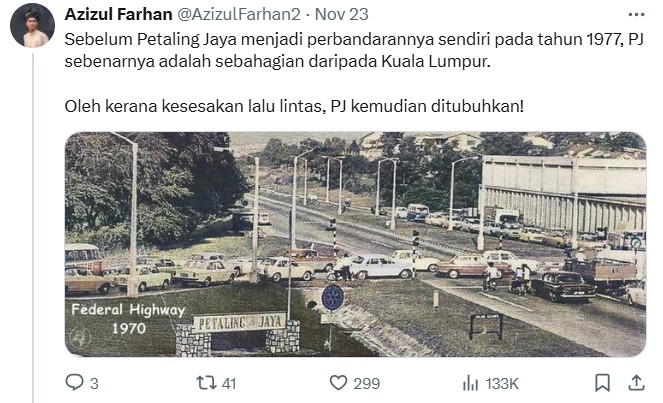
Stating that although most people assumed that PJS stood for “PJ Selatan (South)”, the poster explained with the aid of a map that it actually covered PJS 1-8 and even bits of PJS 10. These areas were not all in the southern part of PJ.

However, the poster did clarify that the assumption would not be wrong as it does refer to “PJ Selatan” – the south of PJ city which is the administrative centre known as “PJ State”.

He went om to explain that PJS 9 is missing as both PJS7 and PJS9 fall under the jurisdiction of Subang Jaya.
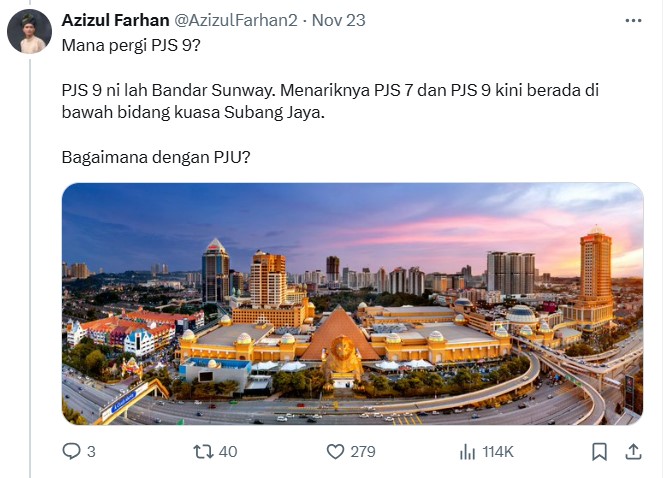
Meanwhile, Azizul shared that PJU refers to “PJ Utara (north)” which borders the Federal Highway. PJU was developed to accommodate the growing population of this satellite town.
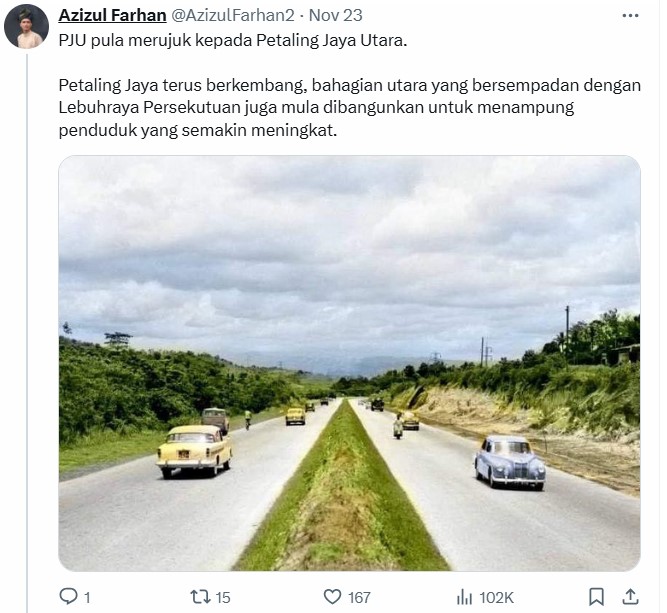
Following rapid development, PJU comprises a large section of the PJ district. Turning his attention to the abbreviation ‘SS’, the poster said that if one thought that it referred to “section” or “sub-section”, then the guess is wrong.

He clarified that “SS” actually referred to “Sungai Way-Subang”, an industrial area that also saw rapid development due to migration from rural areas. Hence, the land along Sungai Way was developed till Subang to accommodate a growing population.
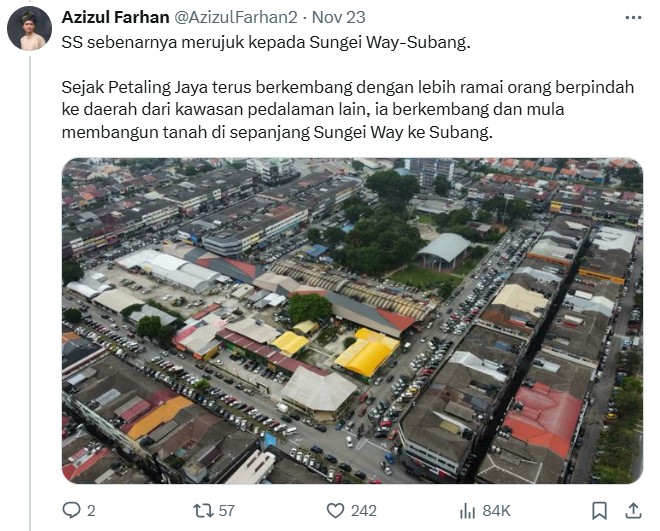
As shared by the poster, the Sungai Way free trade zone was established in 1965 to accommodate the needs of a developing nation. The residents in PJS mainly worked at the many factories in this area.

Turning his attention to USJ, Azizul explained that it was in reference to “United Estate Project” which developed land in Subang Jaya beyond SS12-19 as opposed to the commonly perceived “Utara’ (north) Subang Jaya”.
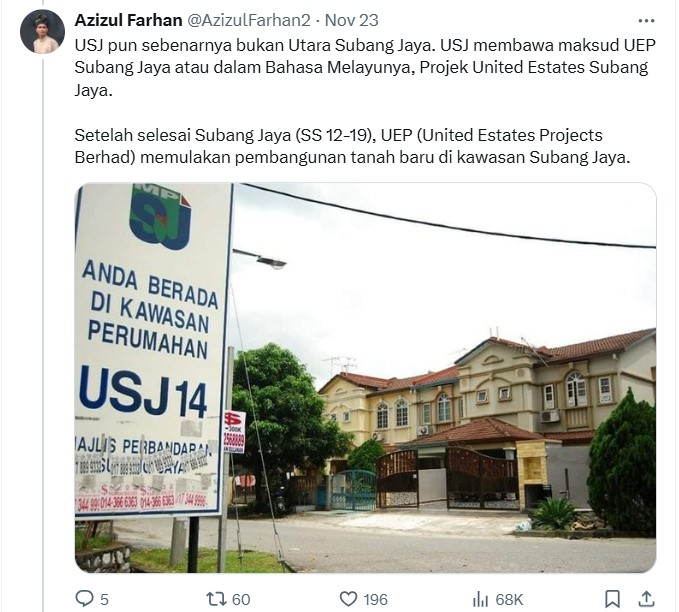
Coming under the jurisdiction of the newly formed Subang Jaya Municipal Council, UEP was eventually bought over by Sime Darby. This explains why Sime Darby’s presence is very apparent in Subang Jaya.
The poster went on to say that PJU was never under the jurisdiction of the then Petaling Jaya Municipal Council (MPPJ) or currently the PJ City Council (MBPJ).

The PJ (North) Municipal Council was established to administer the PJU areas while the PJ (South) Municipal Council was set up to administer Puchong and its surrounding areas.

A re-delineation exercise in 1997 saw a number of areas including USJ, Subang Jaya, Putra Heights and Sunway being handed over to the newly established Subang Municipal Council (MPSJ).

As it is, the then MPPJ administered Bandar Utama, Sungai Buloh, Bukit Lanjan and Kota Damansara which once fell under the jurisdiction of the Petaling District Municipal Council. The latter body was dissolved soon after.

Many netizens said the thread was very informative and corrected many misconceptions of the abbreviations. – Nov 26, 2024

Main image credit: iProperty



